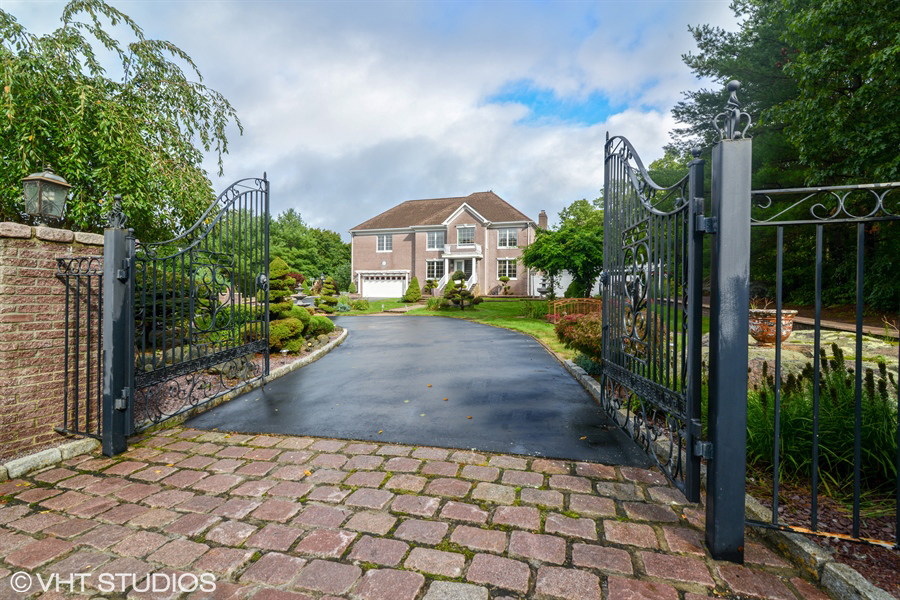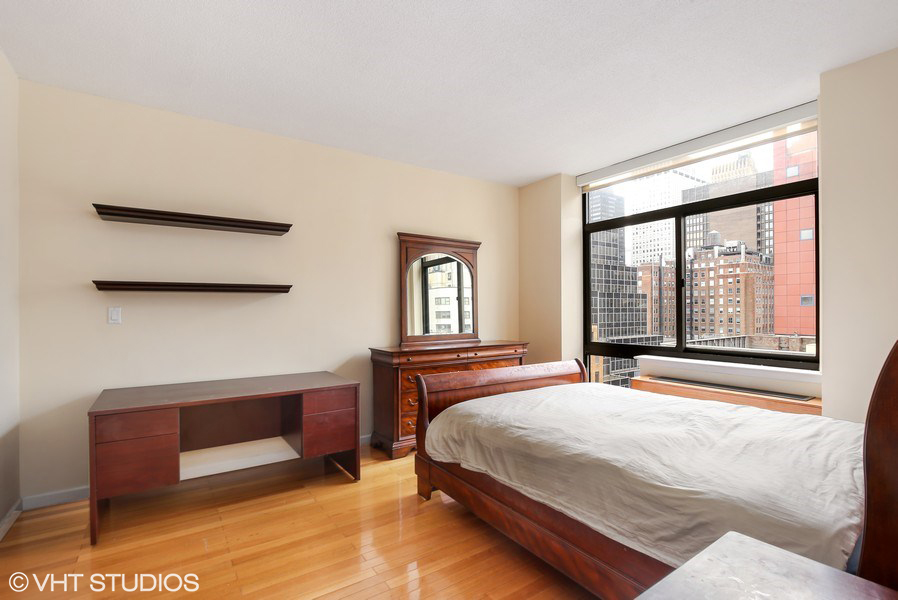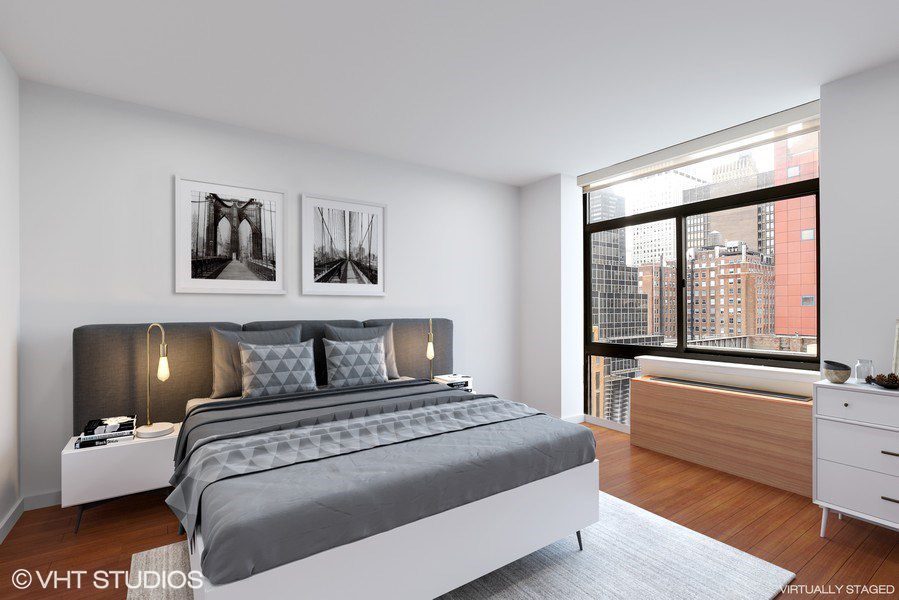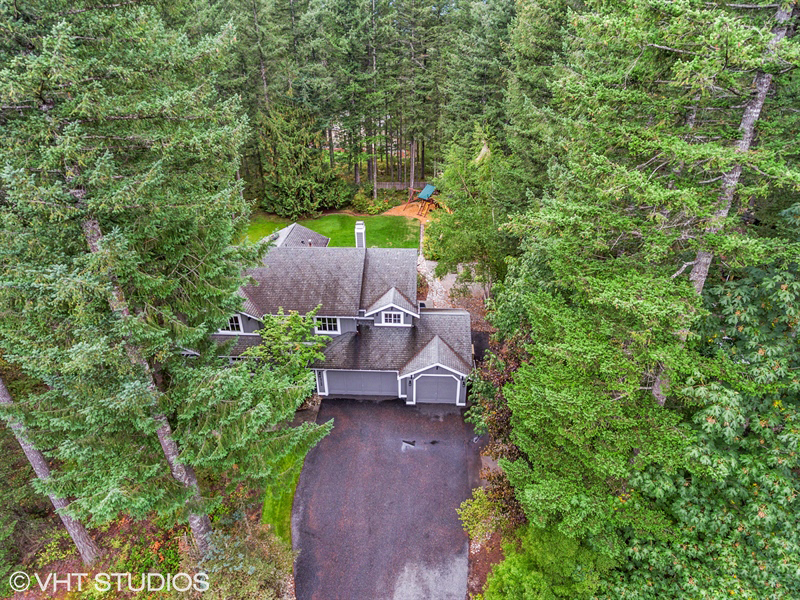Want someone to remember your message? Don’t just tell them — show them. When you do, you leverage how people best respond to and recall information.
Overwhelmingly, humans are visual beings and communicating via pictures is something we’ve done naturally for millennia. Yet words are what we turn to more often today to communicate a message, and that’s missing an advantage. Research shows we’re not only faster at processing information presented visually, but we remember it better, too.
For real estate professionals, that’s worth noting. Curb appeal has been important to selling homes forever. But how do you generate curb appeal in the digital age, when 90% of homebuyers research their purchase over the internet? Today’s buyer isn’t driving through a neighborhood to decide if she’s interested. More likely, she’s scrolling through her mobile device.
The challenge for real estate professionals is still to spark interest, and the best way to do that is through visual appeal. In their online searches, 89% of buyers report that photographs are a “very useful” feature. Having spent two decades leading a real estate photography and visual marketing company, I’ve seen this confirmed in practice time and time again. Clearly, appealing imagery is essential to intriguing buyers. So, how do you get it?

1. Know Your Brand Personality
Real estate pros can borrow a trick from top brand marketers who are experts in creating emotional connection with buyers. They know building a brand is about more than pretty packaging. Successful brands have a personality — a story about who they are and their place in the world. That story makes an emotional connection.
Translated to home buying, we know people aren’t just purchasing a house — they’re investing in their future and a lifestyle. Think of that lifestyle as the brand or the story of that property. What could living there look like or feel like? What emotions stir when viewing the possibilities of a life in that home? The best source for answers to those questions is your seller. Ask them what they love about the house, the neighborhood, the weather in the region, the community spirit. Consider how photographs and videos can capture images that convey those emotions. Provide information and visuals that bring richness and depth to the information in your listing.

2. Showcase the Listing’s Potential
View each room as a chapter in your buyer’s life and use technology to build a storyline. Virtual staging tools add or subtract elements to high-quality images of the property to digitally show how it would look with different furniture, repainted walls or new lights and greenery.
Real estate professionals can craft stories of the space’s potential functions. A vacant basement can be virtually redecorated as a man cave or a second family room; a spare bedroom becomes a stunning home office, a workout room or even a nursery.
Virtual redecorating can also appeal to buyers’ varied tastes and preferred styles. Tech tools make it possible for real estate professionals to abandon the “one-size-fits-all” approach to marketing a listing. Staging gives you the flexibility to showcase a variety of styles for that living room or bedroom, from minimalist to industrial to contemporary to traditional, depending on your client’s taste. This helps the buyer truly envision their life in that home. By appealing to more preferences, you can attract a larger set of prospective buyers, which can result in a faster sale and a higher sale price.


3. Bring A Listing’s Story to New Heights
When it comes to providing a high-level view of life in that new home, aerial photography and video can tell a story that ground-level still photographs would never capture. Show off elements of a property that buyers might otherwise miss: a beautiful setting, community features such as a pond or tennis court. Done well, “dronography” is unparalleled for creating that sense of story that gives a property a personality or brand. It helps buyers envision living along that white sandy beach and stirs the warm feelings of family outings on the shore.
There are now certification requirements and FAA rules guiding drone usage. While many hobbyists have taken up drone piloting, beware of the pitfalls of taking a DIY approach. It takes time and money as well as skill to pilot a drone and manipulate the camera for high-quality video. Besides just piloting the drone, you still need an eye for what to focus on and how to capture the best shots. Real estate agents looking for an effective time investment may be better off bringing in a pro who knows how to capture the views that spur that emotional connection.

4. Broadcast Your Story Everywhere
Your finished video and photographs can be used in a variety of ways — easily uploaded to websites, used in your ads and printed brochures. The most successful real estate pros are leveraging their visual content to entertain as well as inform buyers anytime and anywhere. For example, one New Jersey agent told me she posts aerial video on her website because it attracts a steady stream of visitors. Some agents are using real estate photography to enhance a Facebook Business page dedicated to one real estate listing. Others post real estate photographs on Pinterest, which spurs decorating ideas and builds the community that is so valuable for referrals and new introductions.
As the saying goes, a picture is worth a thousand words. When it comes to presenting a property, though, the right images might also be worth many thousands of dollars. So why not use the leading provider of professional real estate photography solutions? You can save $25 off Silver, $50 off Gold, or $125 off Platinum with the promo code VHTSAVINGS if you’re a new client. Go with a pro.
